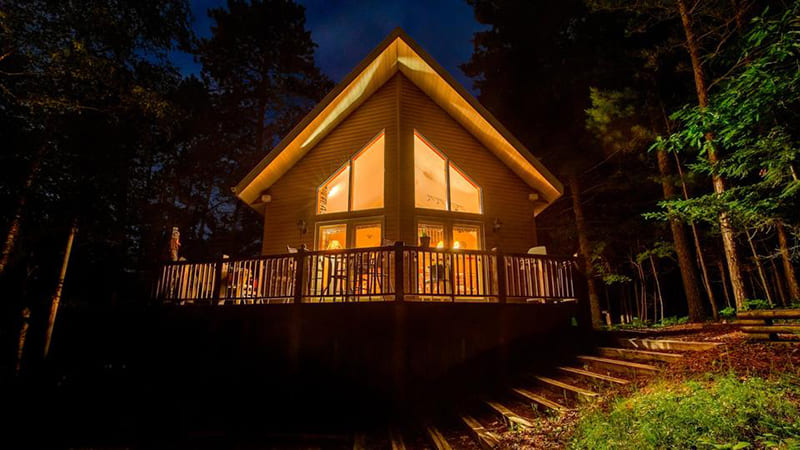Currently, the current average mortgage rate on a 30-year fixed mortgage is 7.96%, compared to 7.77% a week ago.
For borrowers who want to pay off their home faster, the average rate on a 15-year fixed mortgage is 7.18%, up 0.27 percentage points from the previous week.
Homeowners who want to lock in a lower rate by refinancing should compare their existing mortgage rate with current market rates to make sure it’s worth the cost to refinance.
Current Mortgage Rates for September 28, 2023
30-Year Mortgage Rates
Today’s 30-year mortgage—the most popular mortgage product—is 7.96%, up 0.19 percentage point from a week earlier. The interest rate is just one fee included in your mortgage. You’ll also pay lender fees, which differ from lender to lender. Both interest rate and lender fees are captured in the annual percentage rate, or the APR. This week the APR on a 30-year fixed-rate mortgage is 7.90%. Last week, the APR was 7.67%. Let’s say your home loan is $100,000 and you have a 30-year, fixed-rate mortgage with the current rate of 7.96%, your monthly payment will be about $731, including principal and interest (taxes and fees not included), the Forbes Advisor mortgage calculator shows. That’s around $163,077 in total interest over the life of the loan.15-Year Mortgage Rates
Today’s 15-year mortgage (fixed-rate) is 7.18%, up 0.27 percentage point from the previous week. The same time last week, the 15-year, fixed-rate mortgage was at 6.91%. The APR on a 15-year fixed is 7.13%. It was 6.87% a week earlier. A 15-year, fixed-rate mortgage with today’s interest rate of 7.18% will cost $909 per month in principal and interest on a $100,000 mortgage (not including taxes and insurance). In this scenario, borrowers would pay approximately $63,555 in total interest.Jumbo Mortgage Rates
Today’s average interest rate on a 30-year fixed-rate jumbo mortgage climbed 0.19 point from last week to 7.75%. Borrowers with a 30-year, fixed-rate jumbo mortgage with today’s interest rate of 7.75 will pay approximately $716 per month in principal and interest per $100,000. On a $750,000 jumbo mortgage, the monthly principal and interest payment would be approximately $5,373.What’s an APR, and Why Is It Important?
APR, or annual percentage rate, is a calculation that includes both a loan’s interest rate and a loan’s finance charges, expressed as an annual cost over the life of the loan. In other words, it’s the total cost of credit. APR accounts for interest, fees and time. Since APRs include both the interest rate and certain fees associated with a home loan, the APR can help you understand the total cost of a mortgage if you keep it for the entire term. The APR will usually be higher than the interest rate, but there are exceptions.How Are Mortgage Rates Determined?
Mortgage interest rates are determined by several factors, including some that borrowers can’t control:- Federal Reserve.The Fed rate hikes and decreases adjust the federal funds rate, which helps determine the benchmark interest rate that banks lend money at. As a result, mortgage rates tend to move in the same direction with the Fed’s rate decision.
- Bond market. Mortgages are also loosely connected to long-term bond yields as investors look for income-producing assets—specifically, the 10-year U.S. Treasury Bond. Home loan rates tend to increase as bond prices decrease, and vice versa.
- Economic health. Rates can increase during a strong economy when consumer demand is higher and unemployment levels are lower. Anticipate lower rates as the economy weakens and there is less demand for mortgages.
- Inflation. Banks and lenders may increase rates during inflationary periods to slow the rate of inflation. Additionally, inflation makes goods and services more expensive, reducing the dollar’s purchasing power.
- Credit score. Applicants with a credit score of 670 or above tend to have an easier time qualifying for a better interest rate. Typically, most lenders require a minimum score of 620 to qualify for a conventional mortgage.
- Debt-to-income (DTI) ratio. Lenders may issue mortgages to borrowers with a DTI of 50% or less. However, applying with a DTI below 43% is recommended.
- Loan-to-value (LTV) ratio. Conventional home loans charge private mortgage insurance when your LTV exceeds 80% of the appraisal value, meaning you need to put at least 20% down to avoid higher rates. Additionally, FHA mortgage insurance premiums expire after the first 11 years when you put at least 10% down.
- Loan term. Longer-term loans such as a 30-year or 20-year mortgage tend to charge higher rates than a 15-year loan term. However, your monthly payment can be more affordable over a longer term.
- Residence type. Interest rates for a primary residence can be lower than a second home or an investment property. This is because the lender of your primary mortgage receives compensation first in the event of foreclosure.

